Machine chain stitch is one of my favorites. Cause it’s strong yet fancy. It can serve both looks and durability. So when I heard about the double chain stitch sewing machine. I knew I had to try it out.
So here I am. So basically,
Double Chain
To do a double chain stitch, feed the fabric evenly while using a double chain stitch needle setup so the machine forms two interlocking loops for a strong, decorative finish.
It’s like decorative topstitching, and anything that needs both strength and stretch, like triple chain stitch. Now, whenever I’m working on denim, canvas, or even certain knits.
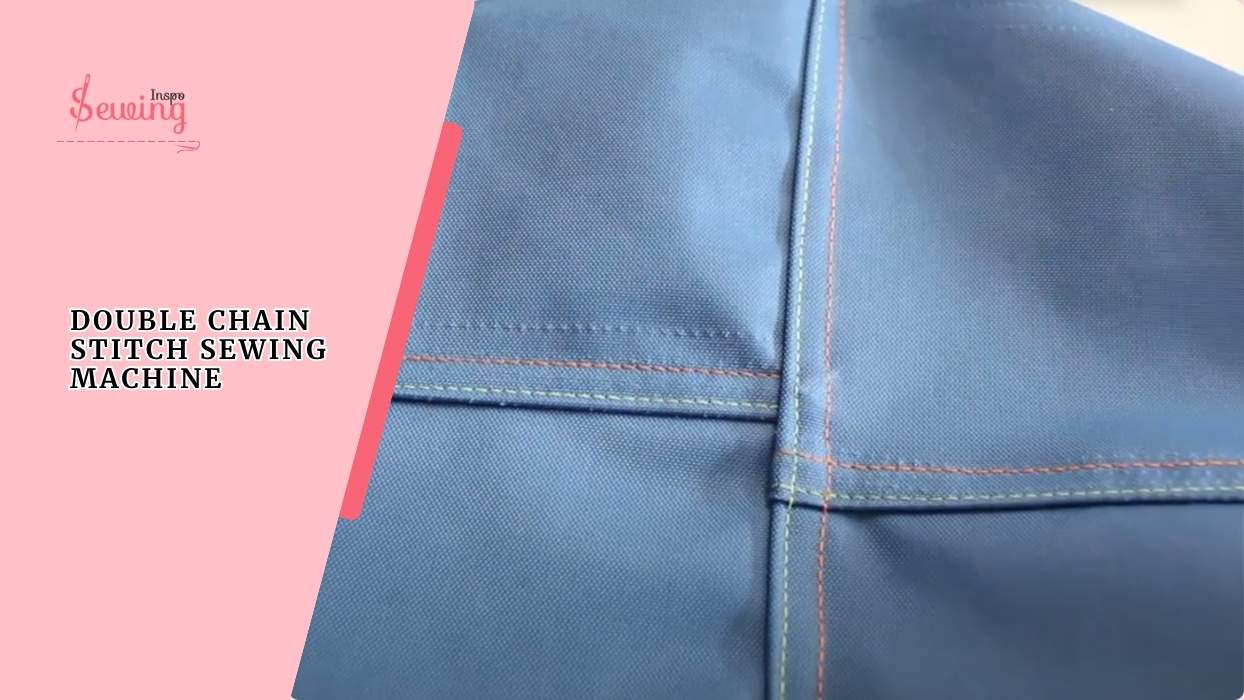
Table of Contents
What Is The Use Of Double Chain Stitch Sewing Machine?
A double chain stitch sewing machine is mainly used when you need strong, stretch-friendly seams that still look neat on both sides. You can use this for loop stitch too.
Instead of using a single-thread loop like a plain chain stitch, it uses two threads. One from the needle and one from a looper. It creates a sturdier stitch that won’t unravel as easily.
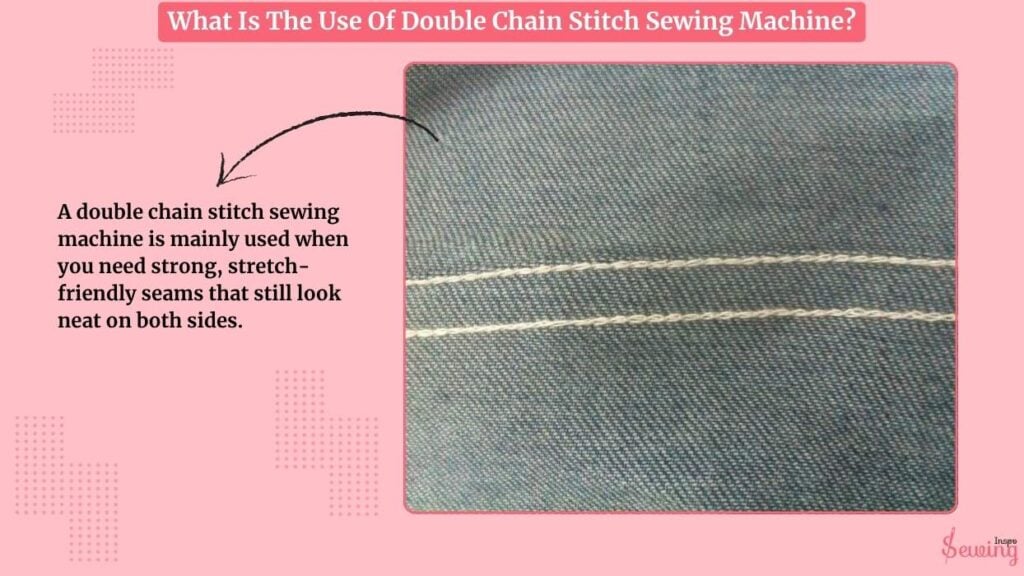
You’ll often see it used for:
- Heavy-duty fabrics like denim, canvas, or upholstery, like a whip stitch sewing machine.
- Decorative stitching that needs to look good on both sides like a double lock stitch.
- Stretch fabrics, because the stitch has a natural give.
- Bag and sack closing in industries like agriculture or shipping.
Essentially, if you want your seams to be durable, flexible, and professional-looking, consider using a double chain stitch machine.
How Do You Do A Double Chain Stitch On A Sewing Machine?
To do double chain stitch sewing machine, I gather 2 matched cones of poly or cotton-wrapped polyester. The correct twin needles, if required by my machine, and a spare bobbin/looper thread.
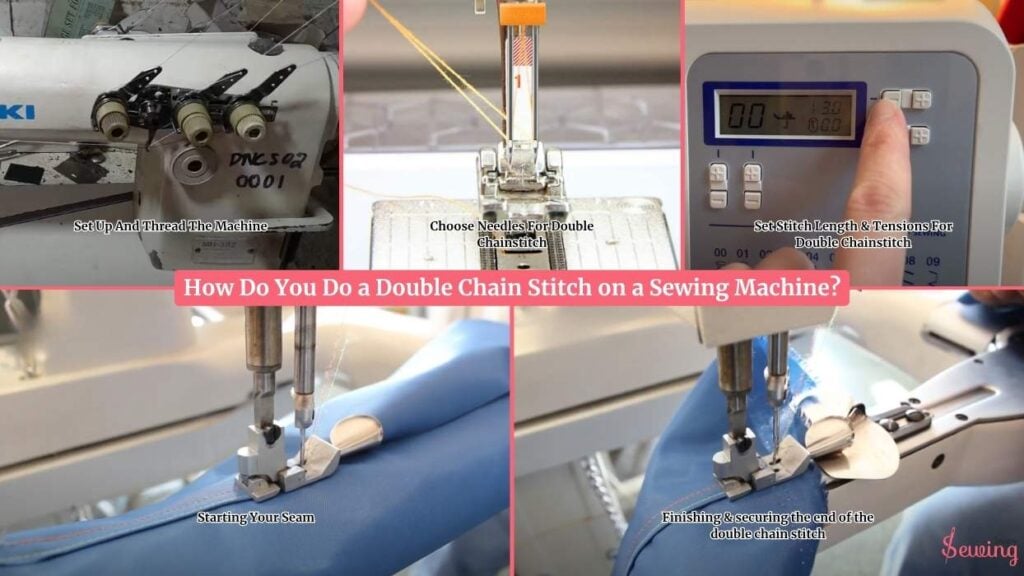
A suitable needle 80/12–100/16 and a scrap of the fabric I’ll sew on. I also make sure the machine is unplugged while I change feet/needles.
Set Up And Thread The Machine
I install the pintuck/chain/utility foot, or the foot recommended by the manual for chain work. Then I thread the machine exactly as per the manual for a double chainstitch.
Generally, that means using separate threads for each needle (or needle path) and the looper(s). Or use mauzer chain stitch sewing machine settings.
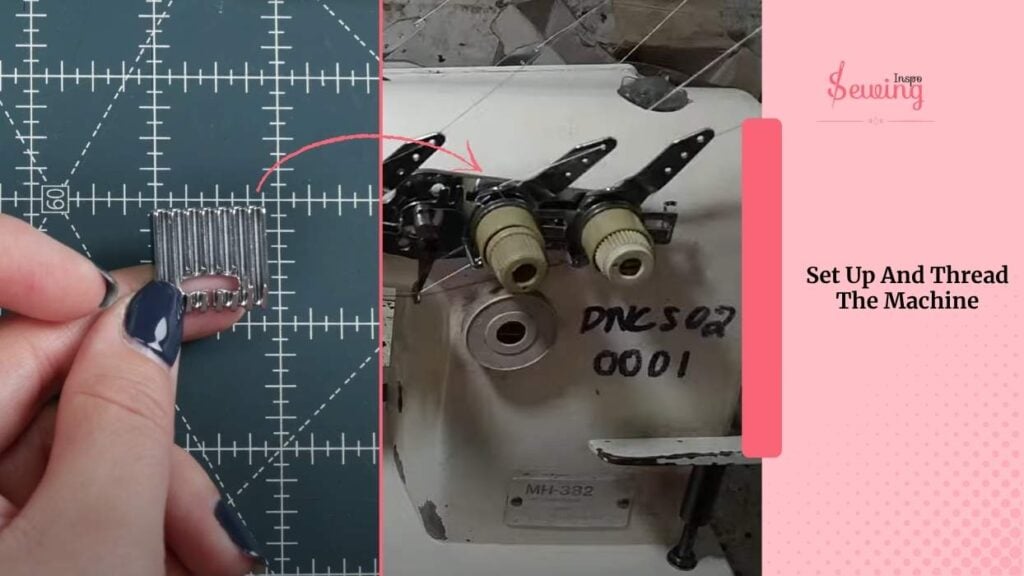
Choose Needles For Double Chainstitch
I pick a needle size that suits the fabric, lighter fabrics 80/12; medium 90/14, heavy 100/16. I use matching thread weight on all positions for even tension. This needle is also helpful for double top stitch.
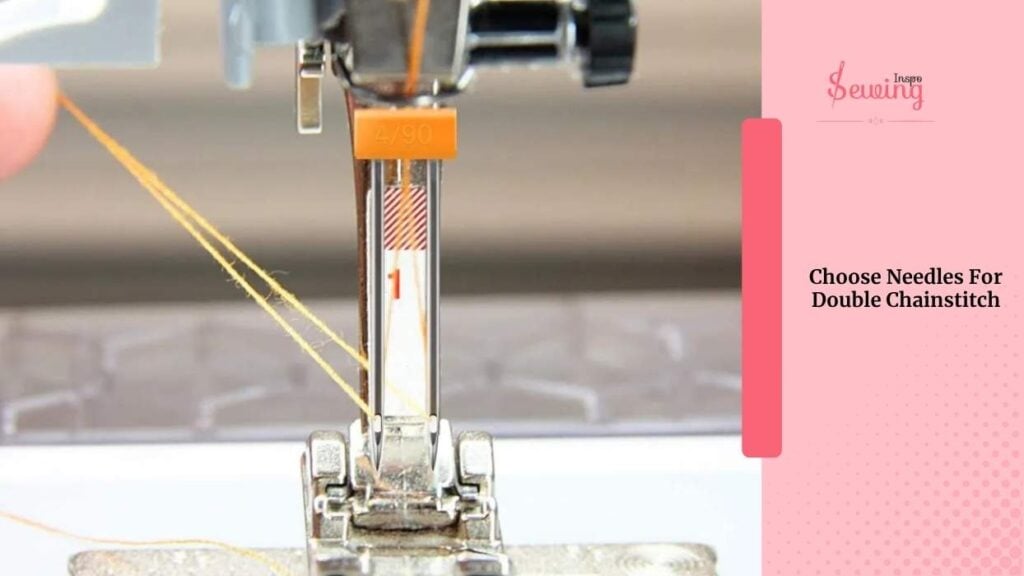
For knits or activewear, I use polyester thread; for a softer look, I’ll use cotton-wrapped thread.
Set Stitch Length & Tensions For Double Chainstitch
I start with a stitch length of around 3.0–4.0 mm for the double chain stitch. It gives a nice chain formation without being too loose. I set the top tension to a middle value and will adjust it based on a test stitch.
If your machine has a separate looper tension, I leave it mid-range and adjust after the first samples. This helps me to do any double stitch on the sewing machine.
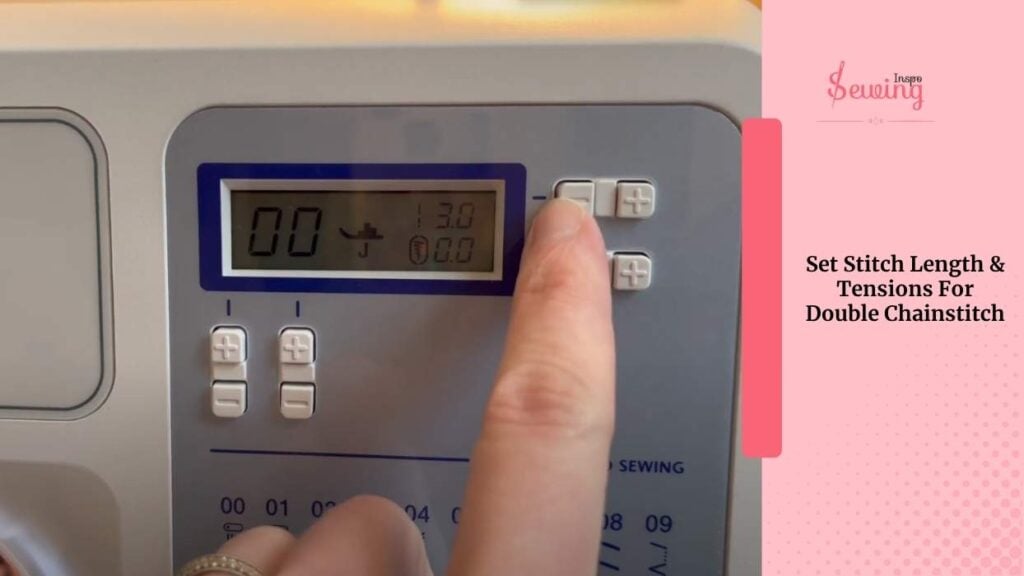
Starting Your Seam
I bring the looper thread(s) to the top so I can hold them, lower the needle into the fabric, and take one or two small stitches to anchor. I don’t backstitch (chainstitch won’t lock with backtacking). Instead I:
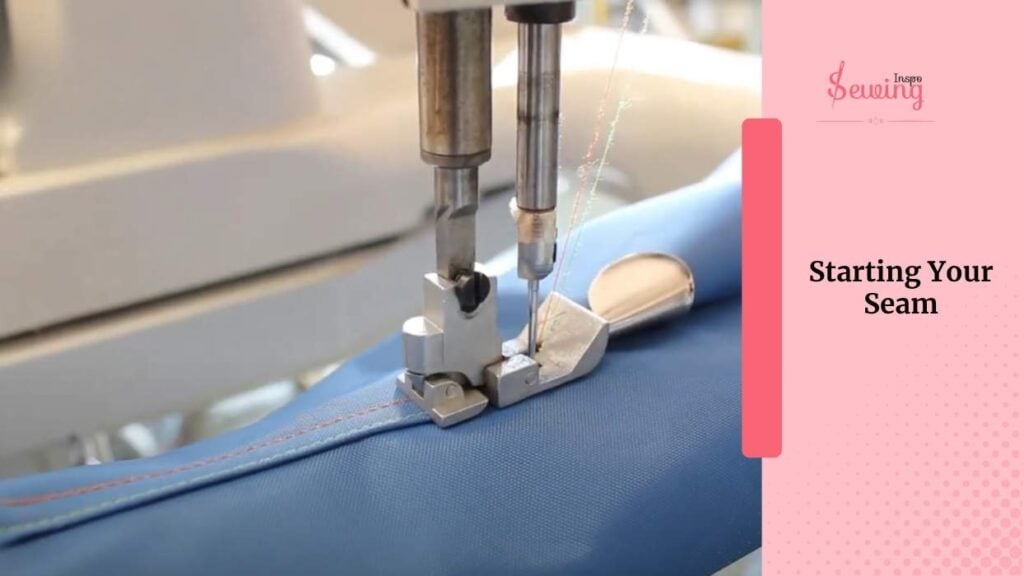
Leave 3–4″ thread tails, you can use this length for falak chain stitch machine too.
Make 6–8 tiny stitches on the spot to build a small knot of threads, then trim tails short or tie them later.
This avoids unraveling at the start.
Finishing & securing the end of the double chain stitch
To finish, I do not backstitch. Instead, I either:
Hand-tie the loose threads into a small, secure knot and bury the tails under the stitching.
or
Use a small zigzag or bar tack across the chain a few times (if the seam will take heavy stress). Trim and apply a tiny dab of fray check at the very end.
For critical, high-stress seams, I add a reinforcing row (a lockstitch line) or a bartack at the end.
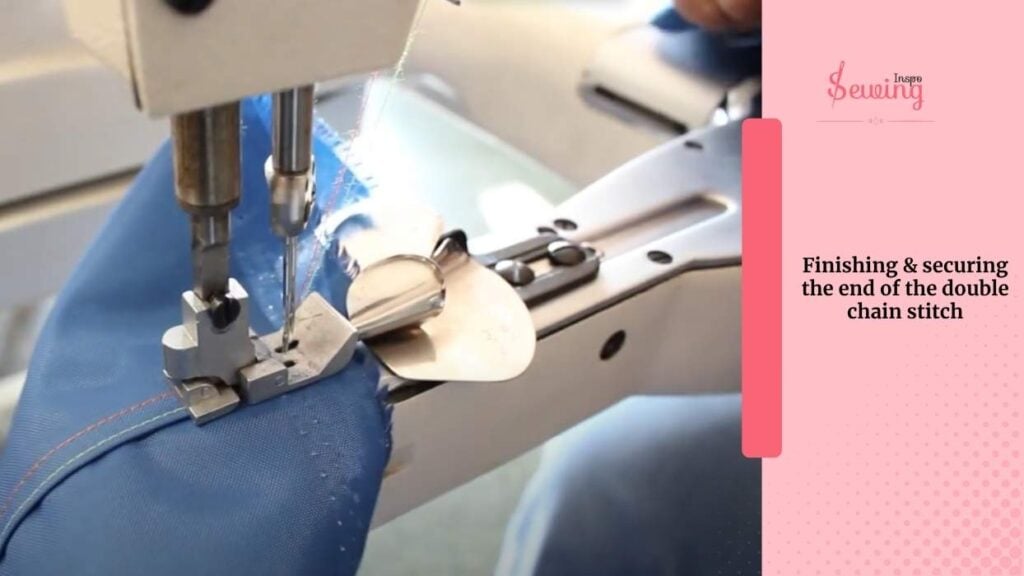
Frequently Asked Questions
Is a double chain stitch stronger than a lockstitch?
Yes, in many cases. The double chain stitch is more flexible and less likely to pop under stress, making it perfect for stretch fabrics. However, it may unravel more easily if a thread breaks compared to a lockstitch.
Can I use a double chain stitch sewing machine for decorative stitching?
Absolutely. The stitch forms a visible chain-like pattern on the underside, which can be used decoratively—especially in visible hems and seams.
How is a double chain stitch different from a single chain stitch?
A single chain stitch uses one thread looped into itself, while a double chain stitch uses two threads, giving the seam more durability and strength.
Final Tips (From My Tests)
I reach for the double chain stitch when I want stretchy, strong seams on knits, decorative reversible seams, or rugged seams on canvas/denim. It’s strong, flexible, and looks great on both sides.
However, remember that it can unravel if left unsecured, so always finish the ends intentionally.

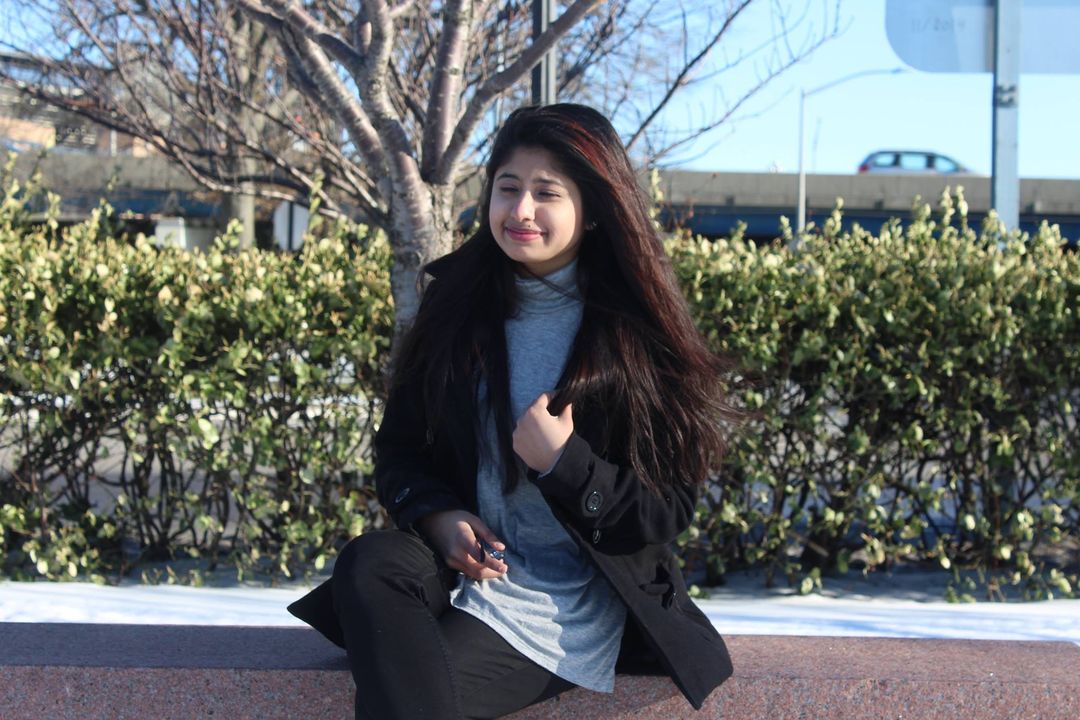
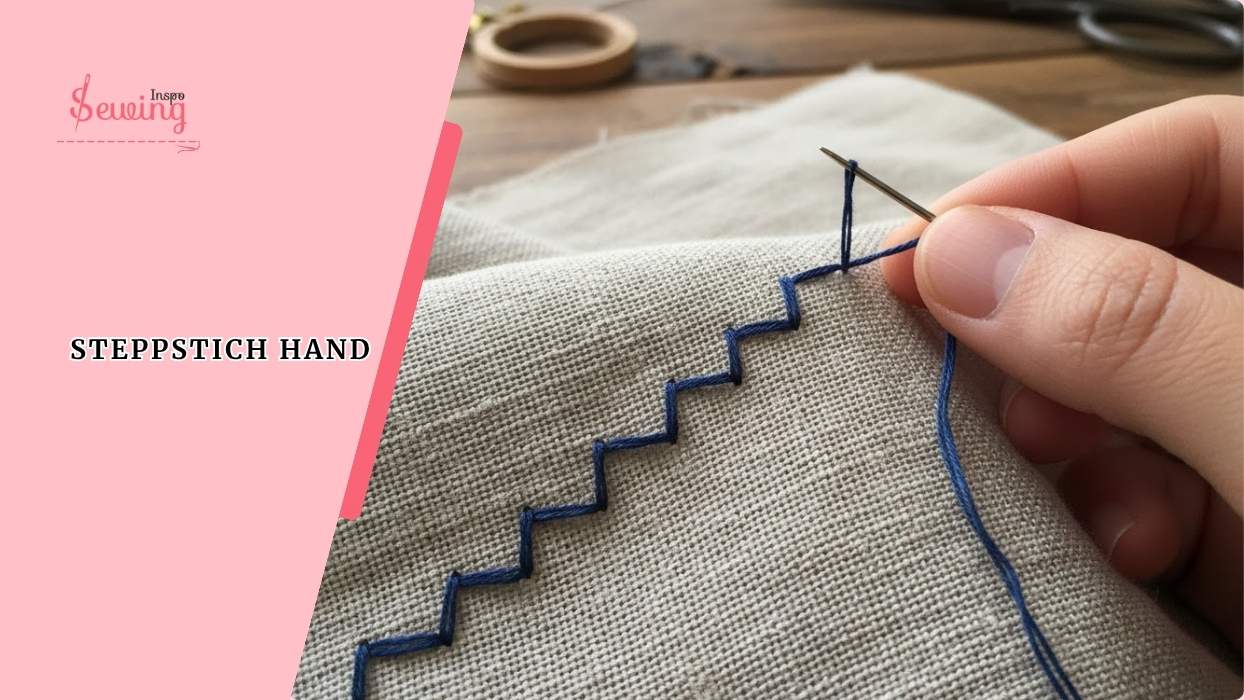
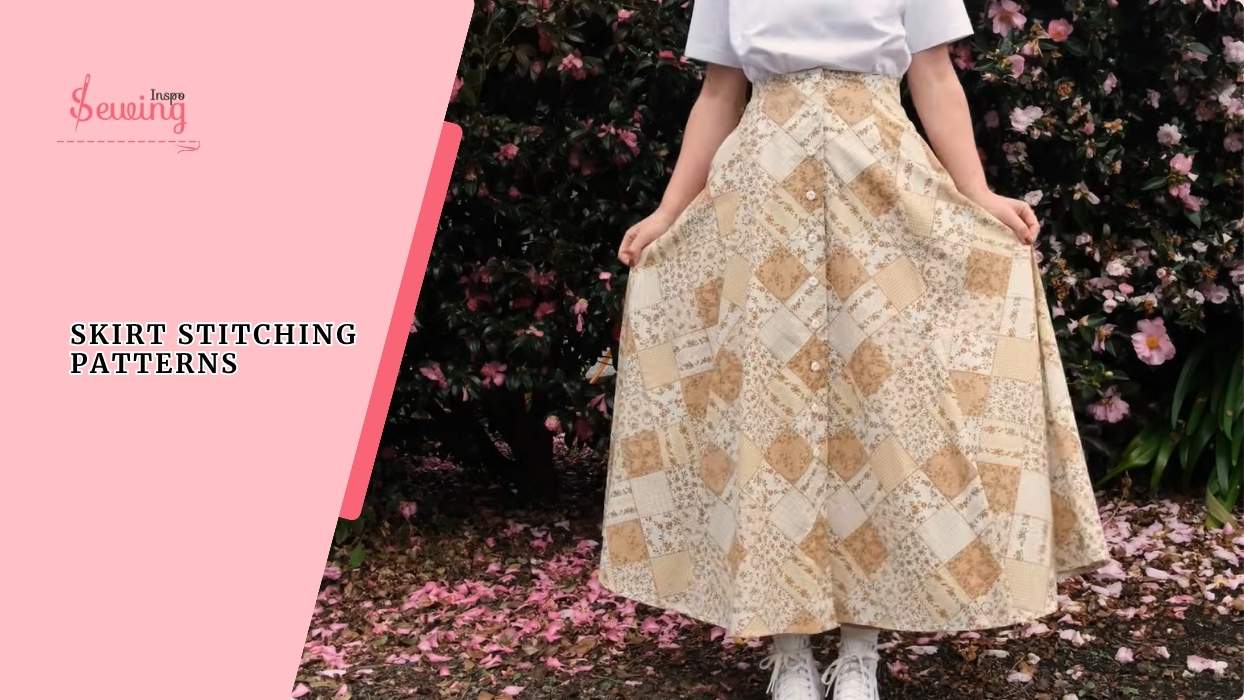

Leave a Reply